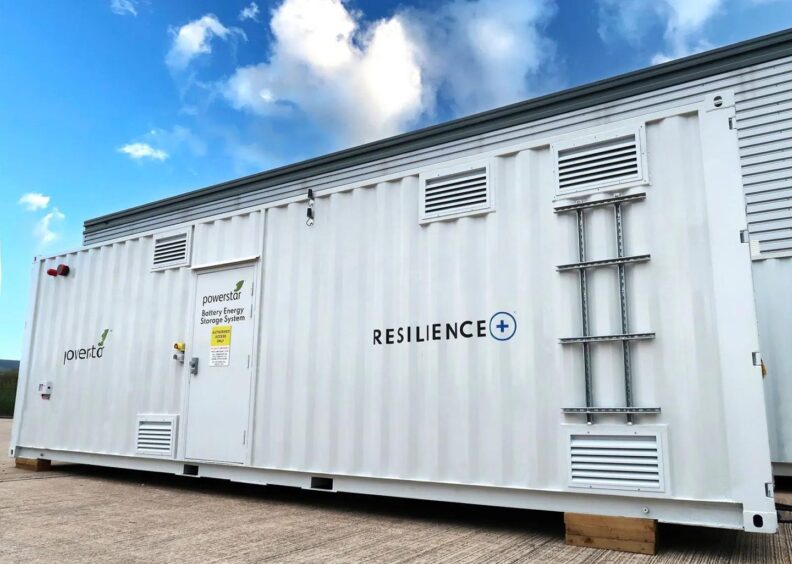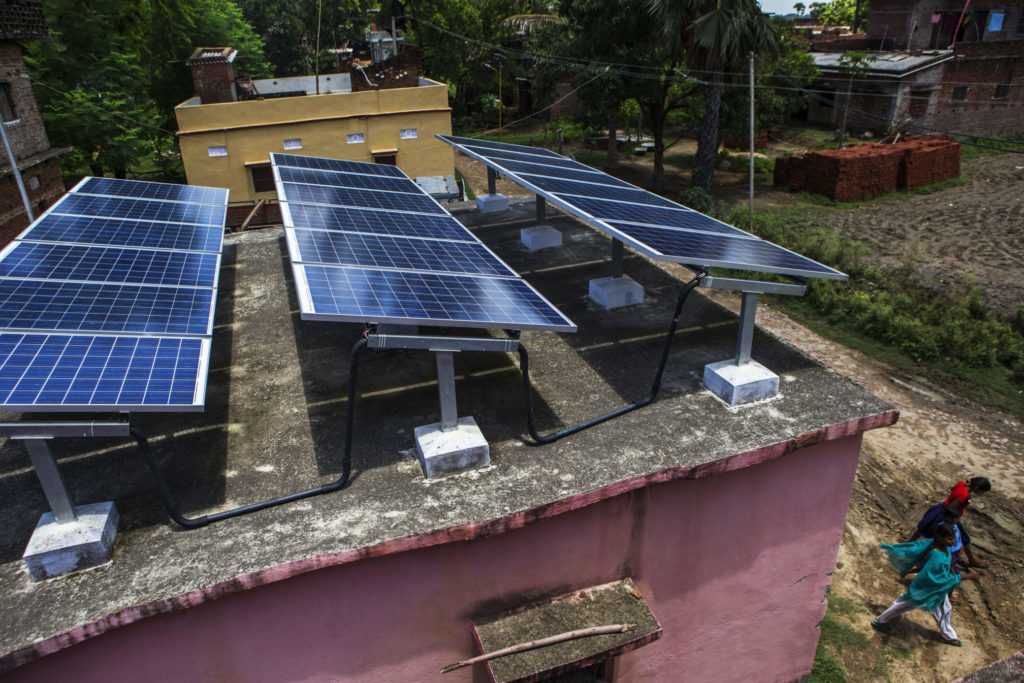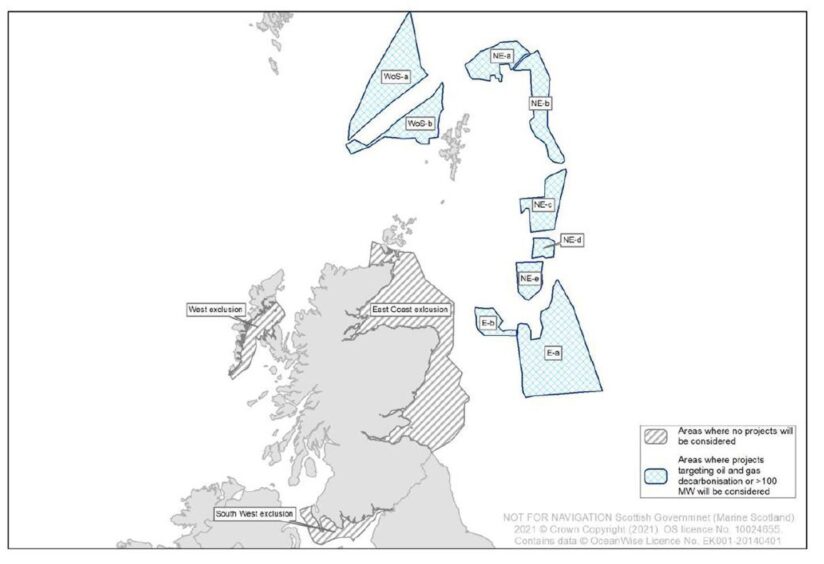By embracing electrification, we’re not only addressing environmental challenges but also creating operational efficiencies.
The Climate Change Committee (CCC) estimates that electrification will contribute 47% of the further emissions reductions required by 2050.
The UK Government’s clean power 2030 action plan launched last month, signals a commitment to reform planning and consenting processes. But can we build the infrastructure fast enough? And how can battery energy storage systems (BESS) and microgrids offer greater resilience?
Breaking down the barriers
First up, let’s talk about integrating renewable energy sources. The UK has made significant strides in wind and solar power, but our current grid infrastructure was designed around few, large, fossil fuel generators, not thousands of distributed energy sources around the country.
Next, consider the issue of increased electricity demand. As we shift away from fossil fuels, the demand for electricity is expected to rise significantly. Balancing supply and demand, especially during peak times, is a major challenge. With the onset of AI, the shift to load electrification such as gas to electric boilers, and the electrification of transport, this will only get more difficult.
Both issues necessitate that the National Energy System Operator (NESO) upgrade the existing aging infrastructure to enable additional volume of energy to be distributed where it needs to be, while ensuring that the grid stays resilient. Additional infrastructure such as pylons, cables, transformers and substations must also be added to connect this new generation to the complex interconnected network.
Economic barriers are another significant factor. The upfront costs of developing and deploying renewable energy technologies can be prohibitive. Government subsidies and incentives are essential to make these technologies more affordable and attractive to investors, but maintaining consistent support is a challenge in itself.
On the technology front, advancements in energy storage solutions are critical for managing the supply of renewable energy, which can be intermittent. Hydrogen has the potential to be stored for long periods and doesn’t rely on grid infrastructure.
Investing in upgrades and advancements is essential, but it comes with the reality that consumers will likely see higher energy bills or taxes.
Innovations in battery technology and other storage methods are crucial for making renewable energy more reliable and practical. To make this point more starkly, in 2024 the UK wasted approximately £1billion of wind energy, due to heavy curtailment. With enough storage this energy could have been captured and re-distributed without preventing wind farms from generating.
There’s no denying that investing in upgrades and advancements is essential, but it comes with the reality that consumers will likely see higher energy bills or taxes. To limit their exposure to rising costs, behind-the-meter optimisation of energy, along with increased energy efficiency measures and technologies are vital.
Powering up with present day tech
BESS, typically using lithium-ion technology, play a key role here for the shorter term and pace, whereas the likes of hydrogen storage and compressed air storage are suited to longer duration energy storage. By implementing BESS, electricity generated during optimal periods, such as bright, windy weather, can be stored and used when generation is lower, such as overnight. BESS ensures sites and operations continue to run as intended.
This isn’t a case of waiting for BESS technology to be developed, it is already here and helping organisations across a number of industries increase onsite generation penetration. A BESS system could add circa 20% more utilisation of wind or solar power to behind-the-meter projects.
There’s also value in operating independently of the main grid. Onshore, microgrids combining battery storage with other technologies, including on-site generation, voltage optimisation regulation, and other energy efficiency measures, can maintain operations even during ongoing disruptions. At the same time, they have the potential to meet all energy demands with green generation, rather than relying on carbon-emitting fossil fuel generators.
The beauty of a micro grid is they offer greater resilience, efficiency, and flexibility compared to traditional centralised power systems, allowing for better management of energy resources and increased reliability during grid disruptions.
Microgrids are also valuable in remote areas where energy access is scarce or absent. In short, any organisation looking to control energy costs, enhance sustainability, overcome grid-constraints and improve resilience can benefit from adopting a microgrid.
Turning our attention to offshore, electrifying existing oil and gas assets is a crucial step towards reducing carbon emissions. This can be achieved in some cases by transmitting power from shore via subsea cables, which helps minimise on-site combustion. While some installations may benefit from full electrification, others where the oil platform in question is too far away from mainland substations, might find a hybrid approach more suitable, where gas turbines still meet part of the energy demand.
Offshore wind farms, using both fixed and floating turbines, can generate significant clean electricity by harnessing high sea winds. Additionally, combined cycle power generation, which utilises waste heat from gas turbines to produce extra electricity, can enhance efficiency. Energy storage systems, like batteries, are also a key component here to ensure a consistent power supply, balancing intermittency.
Increasing resilience and adaptability
There is no single panacea, our future energy mix will include other clean energy solutions such as hydrogen and carbon capture and storage (CCS). Among these, electrifying operations stands out, offering significant benefits like a reduced carbon footprint, enhanced sustainability, and long-term cost savings through improved energy efficiency.
This strategic move also increases resilience and adaptability to future energy demands. By evolving their energy source, organisations are investing in a more sustainable, efficient, and profitable future for their business.
Solon Mardapittas, is a VP and power efficiency and resilience management expert at D2Zero
Recommended for you




 © Supplied by D2Zero
© Supplied by D2Zero
 © Supplied by Marine Scotland
© Supplied by Marine Scotland






